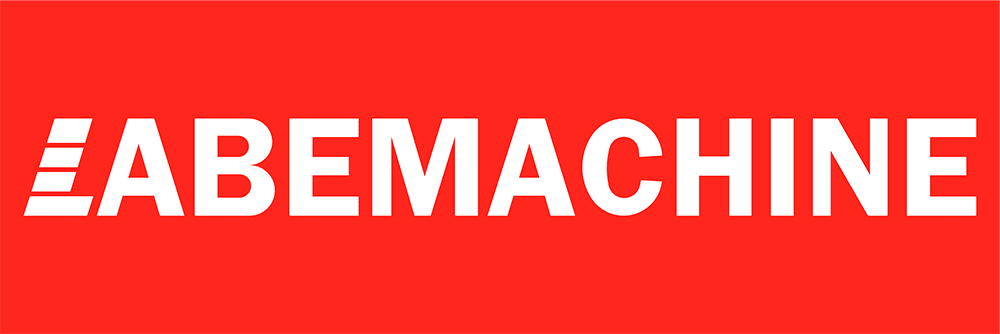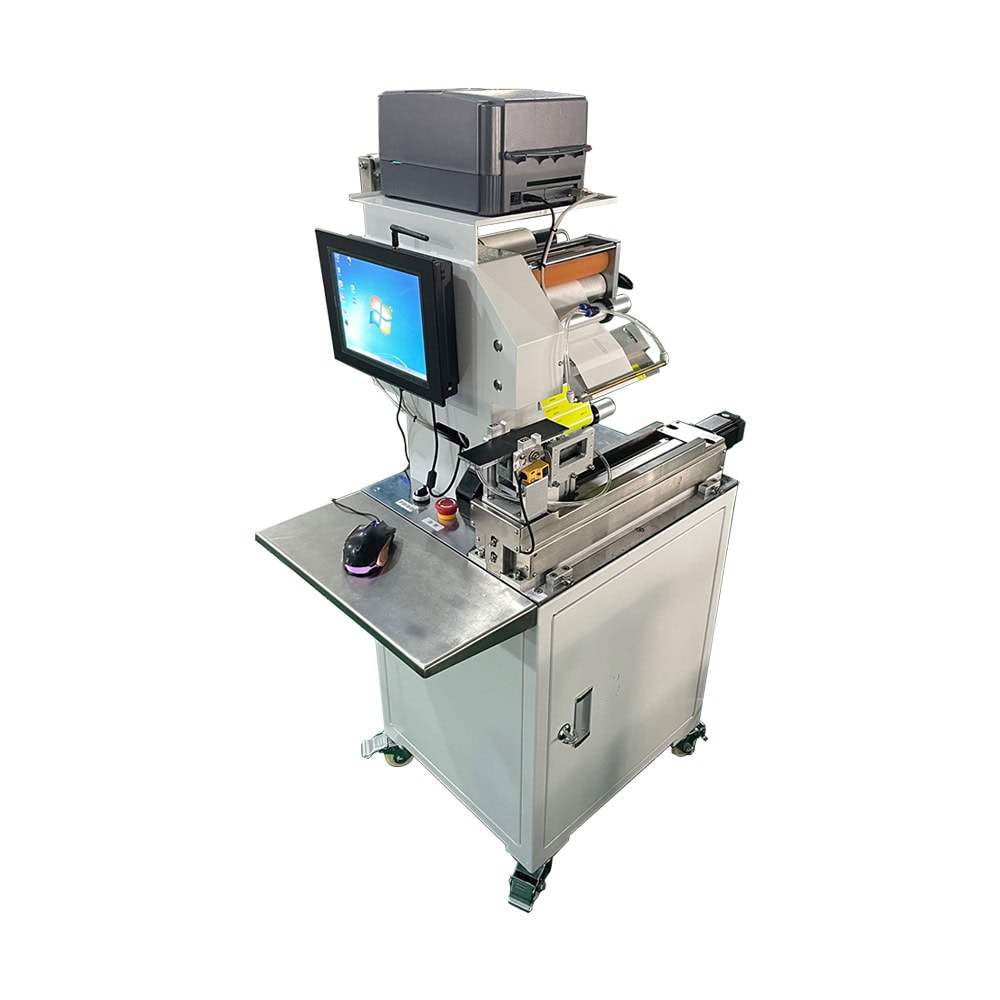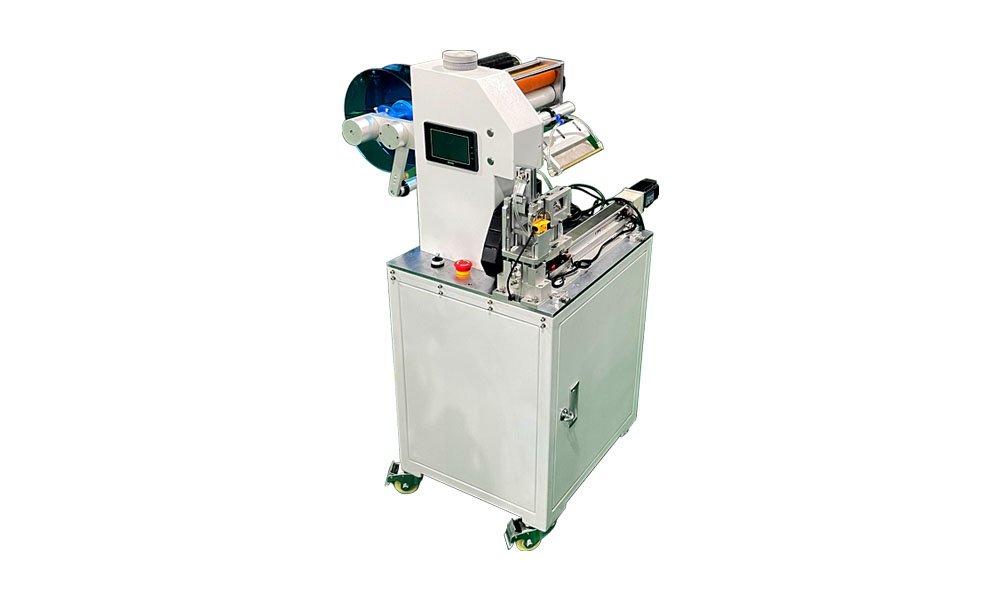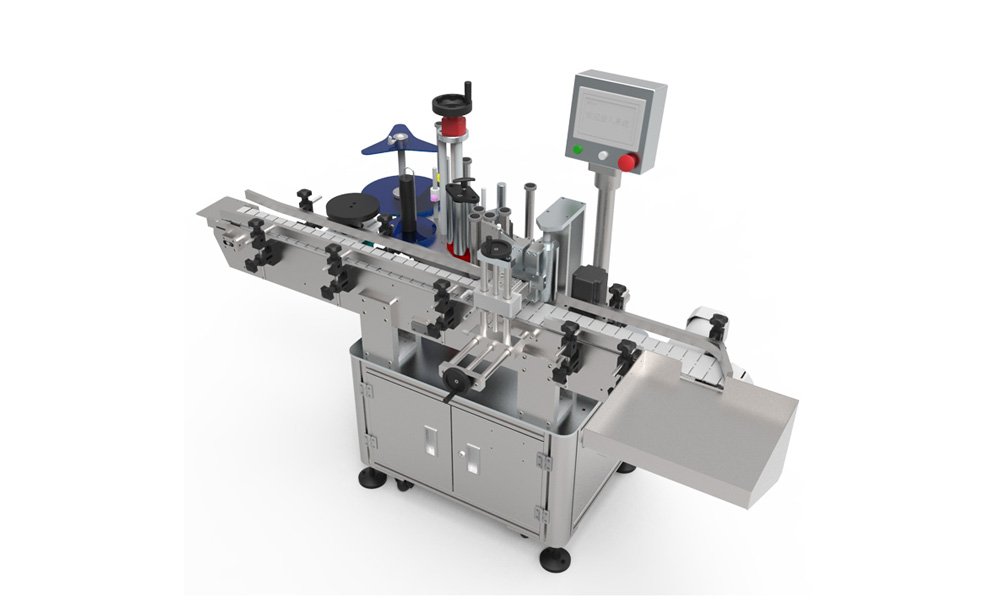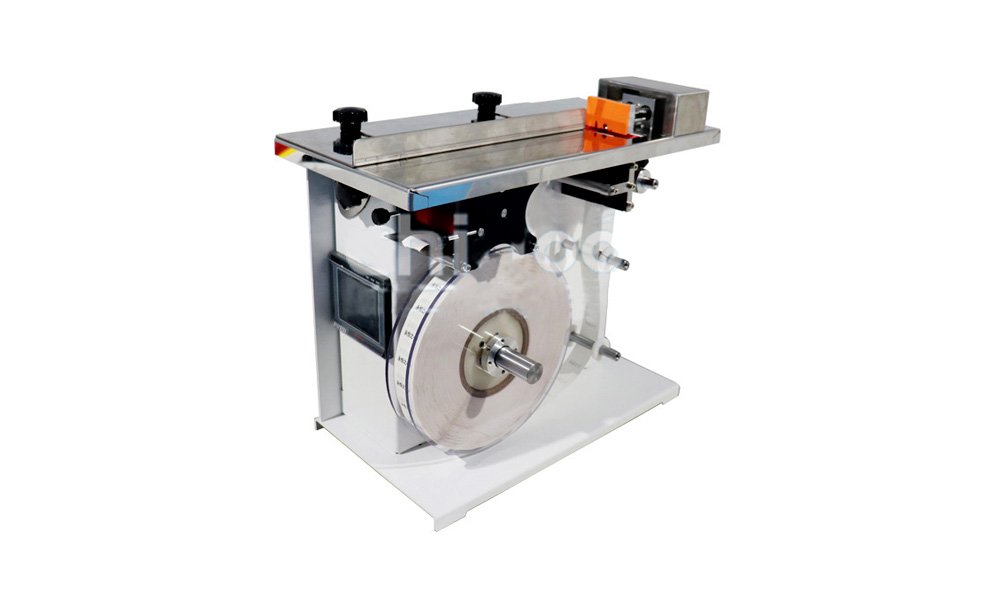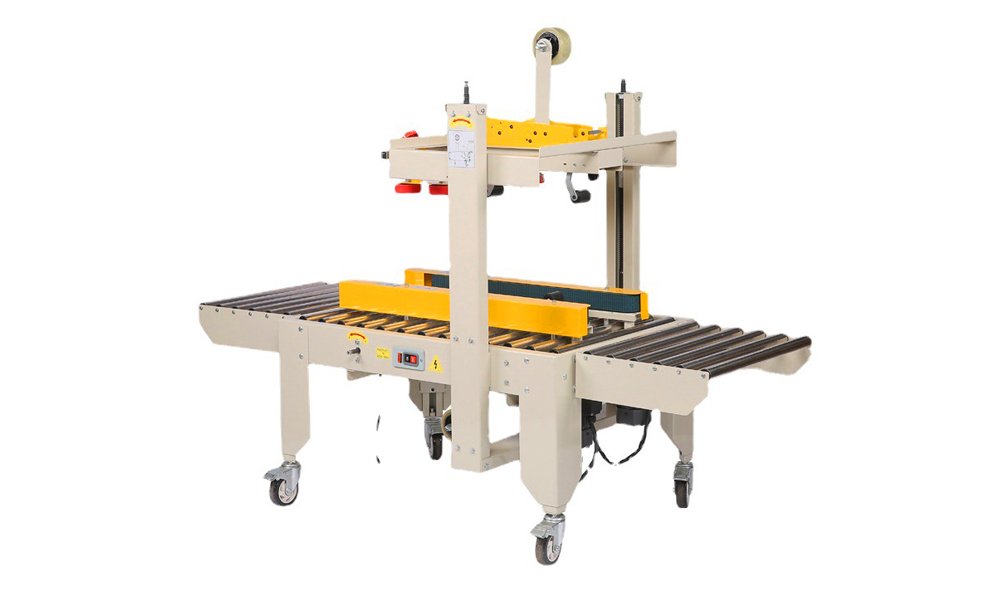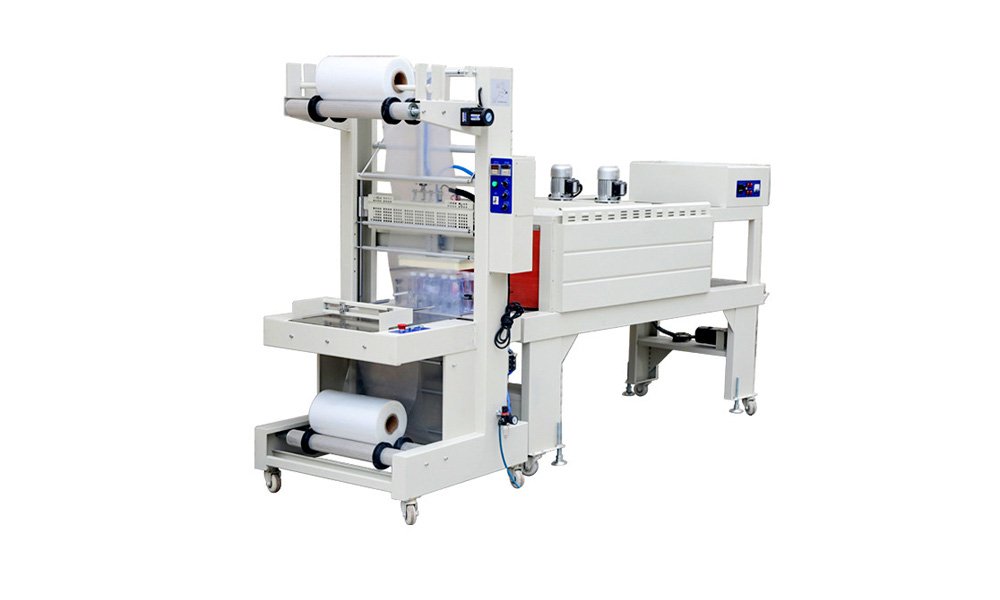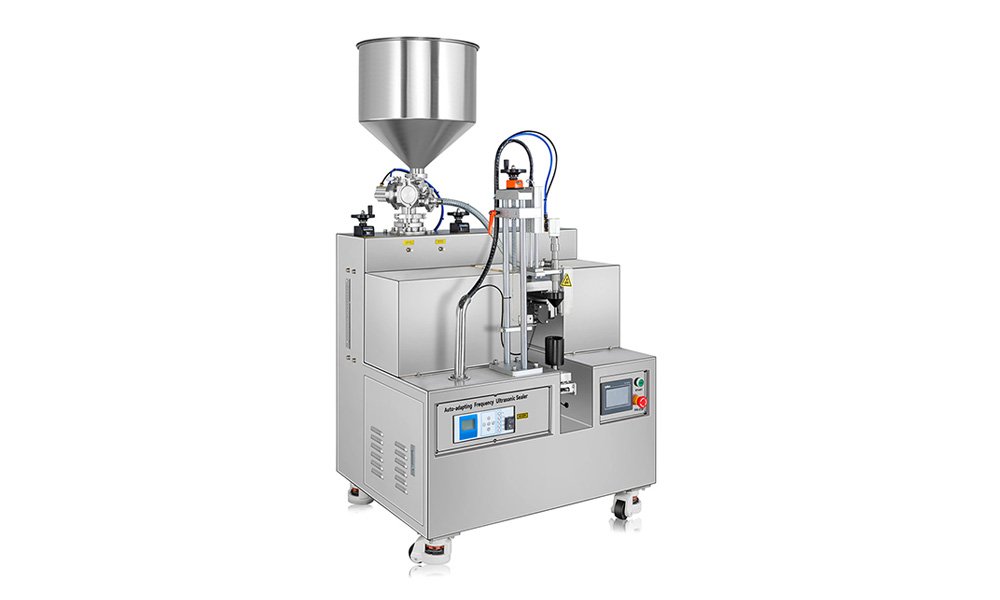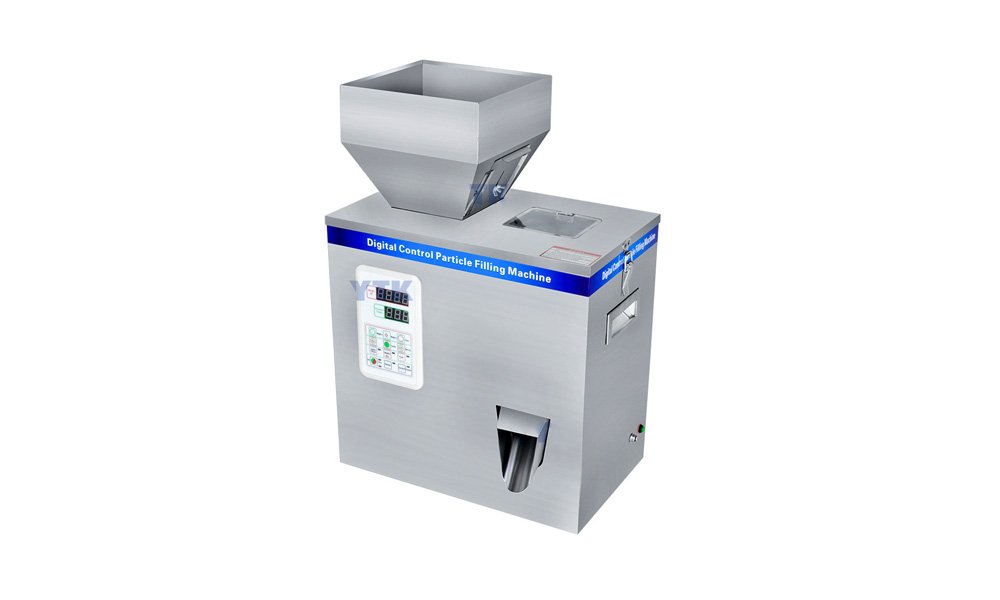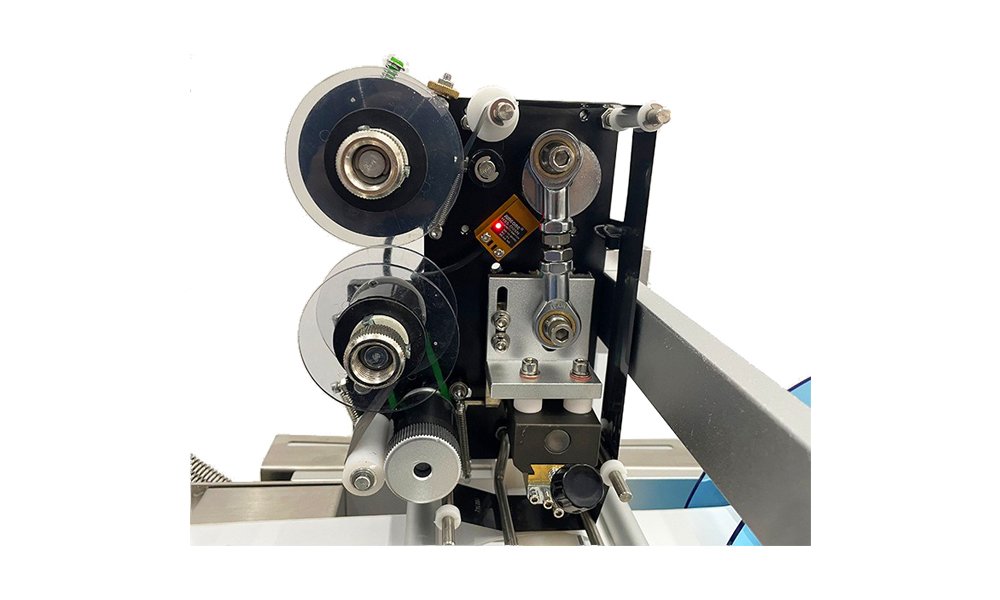Traditional manual labeling methods, once sufficient, are now a bottleneck in an industry that demands precision and speed. This is where automated print and apply label machine have become indispensable, addressing the myriad challenges faced by manufacturers today.
Automated print and apply label machine have revolutionized the manufacturing process by solving critical issues related to efficiency, flexibility, compliance, and sustainability. These machines not only streamline the labeling process but also enhance overall production line performance, making them a vital component in modern manufacturing.
By understanding the specific challenges that these machines address, manufacturers can better appreciate their value and consider their integration into existing systems.
Challenge One: Low Efficiency in Manual Labeling
One of the most significant challenges in manufacturing is the inefficiency of manual labeling. In a manual system, labeling products is a time-consuming process, prone to human error. Even the most skilled workers can make mistakes, leading to mislabeled products, which can result in costly recalls and damage to brand reputation.
Automated print and apply label machine solve this problem by significantly increasing the speed and accuracy of the labeling process. These machines can label products at a consistent pace far exceeding that of manual labor. Moreover, the automation ensures that each label is applied with precision, reducing the risk of errors. The result is a more efficient production line, with less downtime and fewer costly mistakes.
Challenge Two: Flexibility Needs in Low Volume, High Variety Production
The trend towards low-volume, high-variety production in manufacturing poses another challenge. Traditional labeling systems often struggle to keep up with the need to switch between different products and label formats quickly. This is especially problematic in industries like food and beverage, pharmaceuticals, and electronics, where product variety is high, and labeling requirements can change rapidly.
Automated print and apply label machines are designed to meet this need for flexibility. These machines can be programmed to handle different label formats and apply them as needed, without significant downtime. The ability to quickly switch between different labels allows manufacturers to maintain high productivity levels even in a low-volume, high-variety production environment. This adaptability not only enhances efficiency but also reduces the risk of production delays caused by labeling issues.
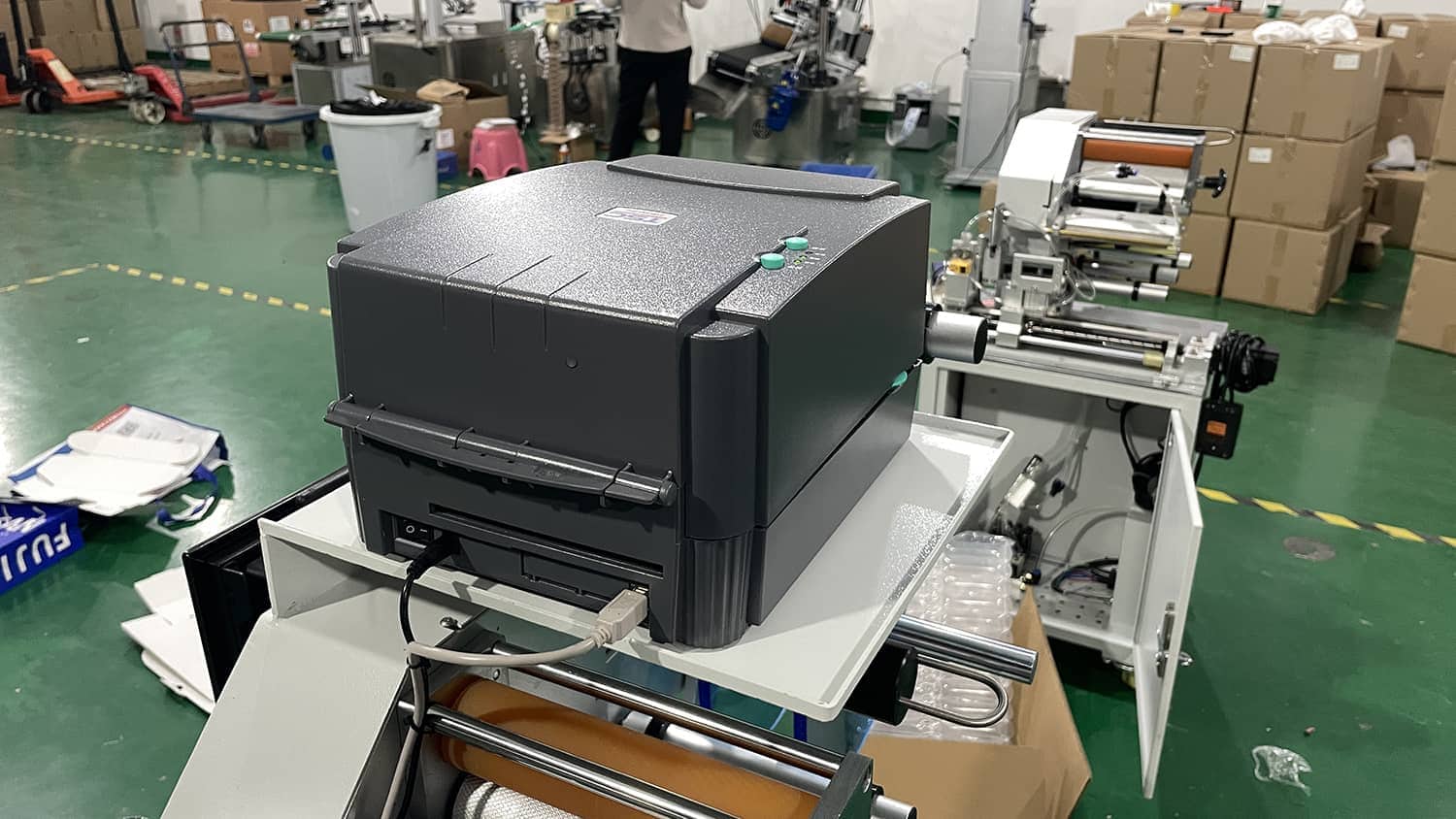
Challenge Three: Compliance Requirements and Quality Control
Compliance with industry regulations is critical in many manufacturing sectors, such as food, pharmaceuticals, and chemicals. These industries require precise and accurate labeling to ensure that products meet regulatory standards and maintain consumer safety. Manual labeling systems are often inadequate in meeting these stringent requirements, leading to potential compliance failures.
Automated print and apply label machines provide a reliable solution by ensuring that each label is printed and applied with consistent accuracy. These machines can be integrated with databases to automatically pull the correct label data for each product, reducing the risk of human error. Moreover, they can be equipped with verification systems to check each label after it is applied, ensuring that it meets all regulatory and quality standards. This level of precision helps manufacturers avoid costly fines, product recalls, and damage to their reputation.
Challenge Four: Reducing Waste and Enhancing Sustainability
Sustainability is becoming increasingly important in manufacturing, with companies seeking to reduce waste and minimize their environmental impact. Manual labeling processes can be wasteful, as they often result in misaligned or incorrect labels that must be discarded. Additionally, the inconsistent application of labels can lead to overuse of materials, further contributing to waste.
Automated print and apply label machines help manufacturers reduce waste by ensuring that each label is applied correctly the first time. These machines are highly precise, reducing the likelihood of misaligned or incorrect labels. This precision not only saves materials but also reduces the need for rework, which can be costly in terms of both time and resources. By minimizing waste, automated labeling machines contribute to a more sustainable manufacturing process, helping companies meet their environmental goals.
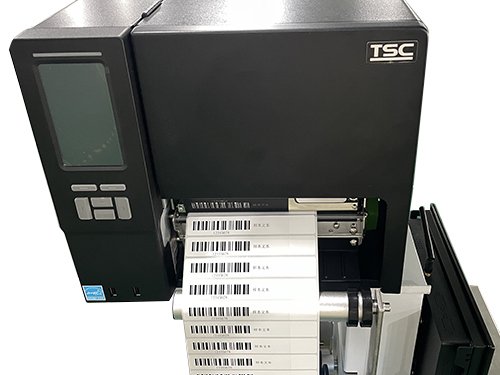
Real-World Case Studies
To better understand the impact of automated print and apply label machines, let’s consider a few real-world examples. In the pharmaceutical industry, where compliance and accuracy are paramount, a major manufacturer implemented automated labeling machines to handle the complexity of their product lines. The result was a significant reduction in labeling errors and a smoother, more efficient production process, ultimately saving the company millions in potential fines and recalls.
Similarly, a food and beverage company facing challenges with high-variety production lines integrated automated print and apply label machines into their system. The flexibility of these machines allowed the company to easily switch between different products and label formats, resulting in a 30% increase in production efficiency. This not only improved their bottom line but also enhanced their ability to meet customer demands more quickly.
Finally, a large electronics manufacturer used automated labeling machines to reduce waste in their packaging process. By ensuring that labels were applied correctly on the first attempt, they reduced material waste by 15%, aligning with their corporate sustainability goals and enhancing their brand reputation as an environmentally conscious company.
Conclusion
In summary, automated print and apply label machines have become a crucial asset in modern manufacturing, solving key challenges that traditional manual labeling methods cannot address. These machines enhance efficiency, provide the flexibility needed for modern production demands, ensure compliance with stringent regulations, and contribute to sustainability efforts by reducing waste. As the manufacturing industry continues to evolve, the integration of automated labeling systems will be essential for companies looking to stay competitive and meet the challenges of the future.
